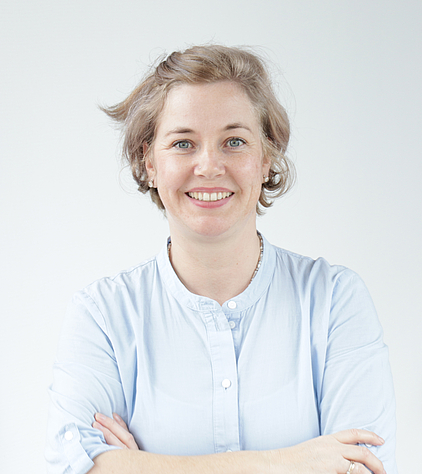Monitoring & Measurements
LS Training Academy
You are here:
- LST Middle East
- LS Training Academy
- Monitoring & Measurements
You are here:
By loading the Shopify integration, you agree to switch to the encrypted domain https://www.webstore.lstelcom.com managed by LS telcom during the checkout process. Cookies are loaded from Shopify as part of the checkout process. For details, please see the "Datapolicy" and "Duty to inform" links below.
By loading the Shopify integration, you agree to switch to the encrypted domain https://www.webstore.lstelcom.com managed by LS telcom during the checkout process. Cookies are loaded from Shopify as part of the checkout process. For details, please see the "Datapolicy" and "Duty to inform" links below.
By loading the Shopify integration, you agree to switch to the encrypted domain https://www.webstore.lstelcom.com managed by LS telcom during the checkout process. Cookies are loaded from Shopify as part of the checkout process. For details, please see the "Datapolicy" and "Duty to inform" links below.
By loading the Shopify integration, you agree to switch to the encrypted domain https://www.webstore.lstelcom.com managed by LS telcom during the checkout process. Cookies are loaded from Shopify as part of the checkout process. For details, please see the "Datapolicy" and "Duty to inform" links below.
By loading the Shopify integration, you agree to switch to the encrypted domain https://www.webstore.lstelcom.com managed by LS telcom during the checkout process. Cookies are loaded from Shopify as part of the checkout process. For details, please see the "Datapolicy" and "Duty to inform" links below.

Phone: +49 (0) 7227 9535 482
E-mail: IGaertner(at)LStelcom.com
We use cookies on our website. Some of them are technically necessary, while others help us to improve this website or provide additional functionality.